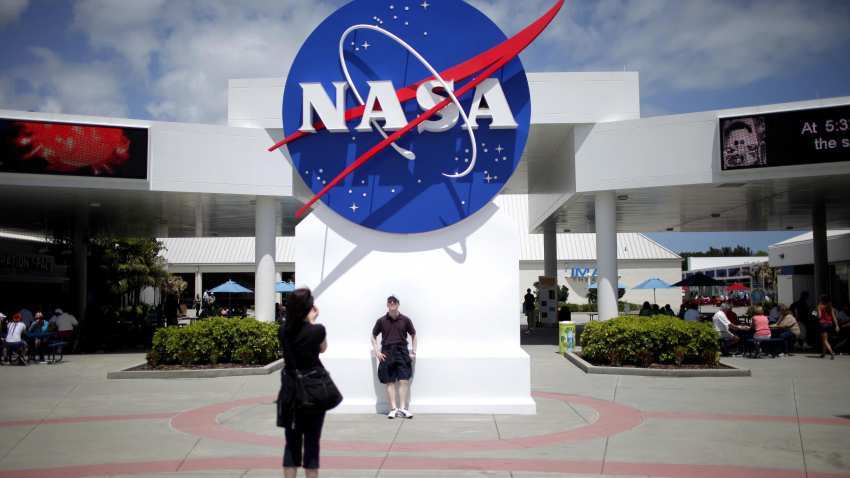NASA's TESS probe spots black hole tearing apart a star
"TESS data let us see exactly when this destructive event, named ASASSN-19bt, started to get brighter, which we`ve never been able to do before," Thomas Holoien from the Carnegie Observatories in Pasadena, California, said in a statement.

In a rare sighting of a cosmic event, a NASA spacecraft designed to discover alien planets watched a black hole tearing apart a star in a cataclysmic phenomenon called a tidal disruption event.
NASA`s planet-hunting Transiting Exoplanet Survey Satellite (TESS) mission detected the tidal disruption event. Follow-up observations by the US space agency`s Neil Gehrels Swift Observatory and other facilities produced a more detailed look.
Tidal disruptions are incredibly rare, occurring once every 10,000 to 100,000 years in a galaxy the size of our own Milky Way. In total, astronomers have observed only about 40 tidal disruptions so far, and scientists predicted TESS would see only one or two in its initial two-year mission.
"TESS data let us see exactly when this destructive event, named ASASSN-19bt, started to get brighter, which we`ve never been able to do before," Thomas Holoien from the Carnegie Observatories in Pasadena, California, said in a statement.
"Because we identified the tidal disruption quickly with the ground-based All-Sky Automated Survey for Supernovae (ASAS-SN), we were able to trigger multiwavelength follow-up observations in the first few days. The early data will be incredibly helpful for modeling the physics of these outbursts," Holoien said.
Astronomers think the supermassive black hole that generated ASASSN-19bt weighs around six million times the Sun`s mass.
Watch Zee Business video below:
It sits at the centre of a galaxy called 2MASX J07001137-6602251 located around 375 million light-years away in the constellation Volans. The destroyed star may have been similar in size to our Sun.
A paper describing the findings was published in the The Astrophysical Journal.
02:36 PM IST






 NASA probe detects several 'marsquakes' on Red Planet
NASA probe detects several 'marsquakes' on Red Planet Solar Orbiter probe launched to study Sun's poles
Solar Orbiter probe launched to study Sun's poles NASA bids farewell to Spitzer telescope
NASA bids farewell to Spitzer telescope NASA planet hunter finds its 1st Earth-size habitable world
NASA planet hunter finds its 1st Earth-size habitable world NASA finds Vikram moonlander's debris
NASA finds Vikram moonlander's debris